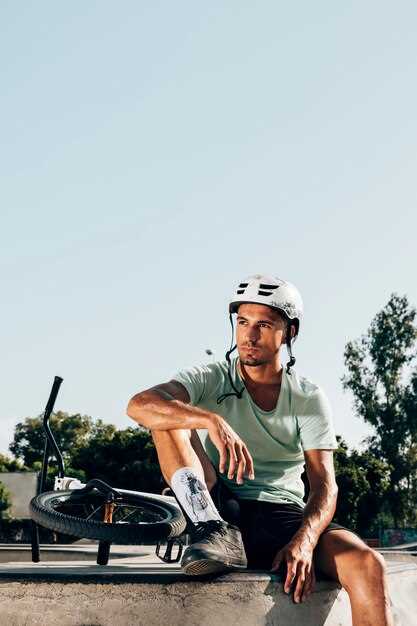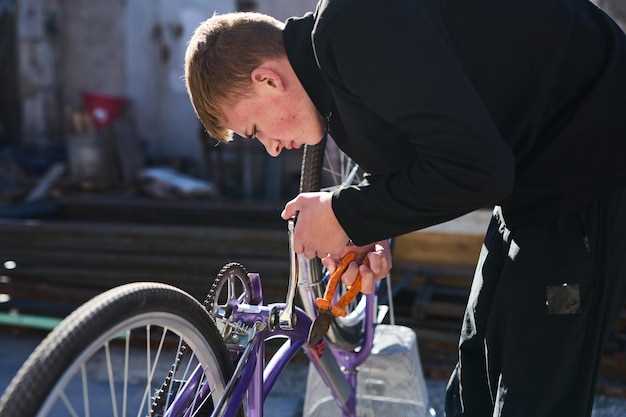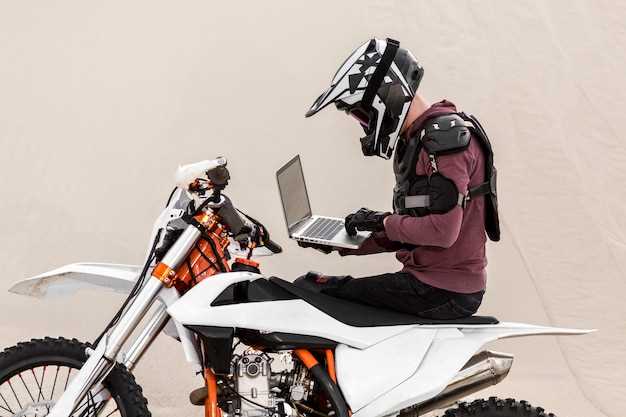
Entering the world of track days can be an exhilarating experience for any motorcycle enthusiast. However, proper preparation is essential to ensure both safety and performance on the track. This guide will take you through the necessary steps to get your bike ready for its first adventure on the circuit.
Your bike’s track readiness involves several crucial elements, from mechanical inspections to safety gear. Understanding what your motorcycle needs will not only enhance your riding experience but also help you avoid potential issues that could arise during the event. Diving into this preparation process allows you to fully enjoy the thrill of the track without unnecessary concerns.
As you embark on this journey, you’ll need to focus on key aspects such as tire pressure, brake performance, and fluid levels. Each of these components plays a vital role in how your motorcycle behaves on the track. By dedicating time to thorough preparation, you can maximize your bike’s capabilities and ensure a smoother, safer ride.
Inspecting Essential Components for Safety and Performance

Before heading to the track, it’s crucial to conduct a thorough inspection of your bike’s essential components. Proper preparation not only enhances performance but also ensures your safety while riding at high speeds and navigating turns.
Brakes: Start by checking your brake pads for wear and tear. Replace any worn pads and ensure that the brake fluid is at the correct level. A responsive braking system is vital on the track, where stopping power can be the difference between a thrilling ride and a dangerous situation.
Tires: Inspect your tires for adequate tread depth and signs of damage. Track conditions demand high-performance tires with appropriate grip. Ensure that they are inflated to the recommended pressure for optimal handling. Consider using track-specific tires to enhance your grip during high-speed maneuvers.
Fluids: Check all fluid levels, including engine oil, coolant, and brake fluid. Fresh oil and coolant are essential for maintaining engine performance and preventing overheating during intense track sessions. Make sure that your brake fluid is fresh and free from moisture, as degraded fluid can diminish braking effectiveness.
Chain and Sprockets: Inspect your bike’s chain for proper tension and lubrication. A well-maintained chain ensures smooth power transfer from the engine to the wheels, which is critical on the track. Additionally, check the sprockets for wear; any signs of damage can affect acceleration and overall performance.
Suspension: Adjust and inspect your suspension settings to match the track’s characteristics. Check for leaks in the fork seals and ensure that the shock absorber functions correctly. Proper suspension setup maximizes traction and stability, enhancing your confidence as you tackle corners.
Turn Signals and Lights: While not as critical on the track, it’s good practice to ensure that all lights and signals are functioning correctly for any on-road portions of your journey. Malfunctioning lights can lead to safety issues during transport or in the event of an emergency.
By meticulously inspecting these essential components, you can ensure that your bike is not only ready for its first track day but also set for optimal performance and safety. Proper preparation allows you to focus on the thrill of the ride instead of worrying about mechanical issues.
Adjusting Suspension Settings for Track Conditions

Preparing your motorcycle for its first track day is crucial for maximizing performance and safety. One of the key aspects of this preparation involves adjusting the suspension settings to suit the unique conditions of a track. Proper suspension setup can significantly enhance handling, stability, and comfort during your riding experience.
Start by understanding the type of track you will be riding on. Different surfaces may require varying settings. For smoother asphalt tracks, you might prefer a stiffer setup to minimize body roll and enhance cornering agility. Conversely, if the track has uneven surfaces, a softer setup can help absorb bumps and maintain tire contact for better grip.
Front Suspension: Adjusting the front forks is essential. Consider increasing preload to reduce dive during braking. Typically, a setting that allows about 25-30mm of sag when seated is a good starting point. Additionally, adjusting the compression and rebound damping will help achieve a balance between responsiveness and stability. More compression damping can keep the front end stable during hard cornering.
Rear Suspension: The rear shock also requires attention. Similar to the front, set the preload according to your weight and riding style. A sag of 30-35mm is generally recommended when seated. The rebound and compression settings should be fine-tuned based on your feedback from initial laps; too much rebound damping can lead to a bouncy feel while insufficient damping might cause the rear to feel unsteady.
After making these adjustments, it is essential to test the bike on the track. Pay attention to how the bike feels during acceleration, braking, and cornering. Make incremental adjustments as necessary based on your observations. Remember, fine-tuning suspension settings is an ongoing process and may require several sessions to perfect.
Overall, understanding and adjusting your motorcycle’s suspension settings for track conditions not only improves your lap times but also enhances your overall riding experience on your first track day.
Choosing the Right Tires and Braking System for Optimal Grip
Selecting the appropriate tires is crucial for maximizing performance on track day. Tires designed for track use typically offer softer compounds that provide enhanced grip and better heat management compared to standard street tires. Look for tires that feature a dedicated track designation or are labeled as “slicks” or “semi-slicks.” These tires minimize tread patterns to maximize surface contact, which is essential for cornering stability and acceleration out of turns.
Consider the weather conditions and the track surface when making your selection. For dry tracks, slick tires are ideal, while in wet conditions, tires with more noticeable tread patterns will reduce hydroplaning and enhance control. It’s essential to maintain proper tire pressure, as this can significantly affect grip and tire wear during a track day.
In addition to tires, the braking system plays a vital role in achieving optimal performance. Upgrading to high-performance brake pads and rotors can provide better stopping power and reduced fade during prolonged use. Look for materials that offer consistent performance at high temperatures. Additionally, ensure that your brake fluid is of high quality and that it has been changed recently to maintain optimal performance.
Inspecting the entire braking system, including lines and calipers, for wear and tear is also vital. Before hitting the track, familiarize yourself with your bike’s braking performance. Understanding the feel and response of the brakes will allow you to ride confidently and safely, giving you the freedom to push your limits on track day.
